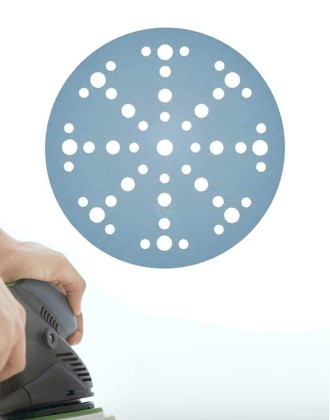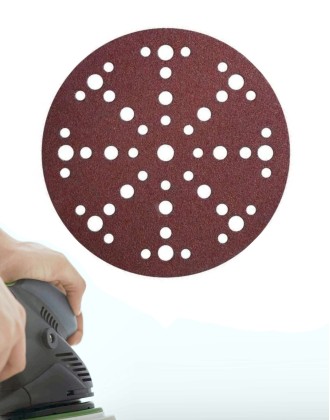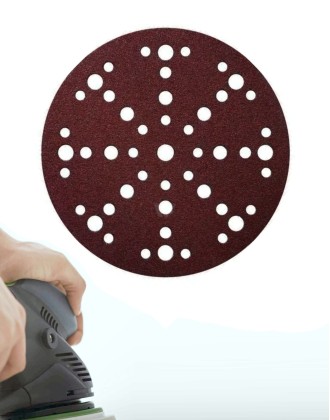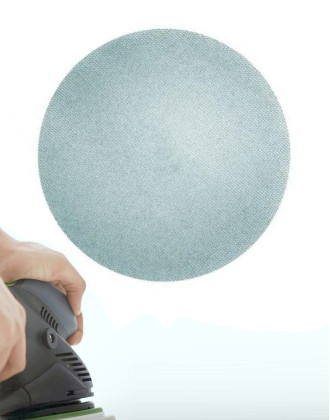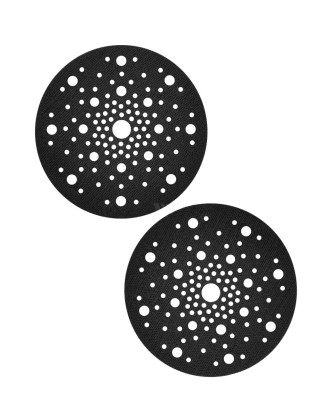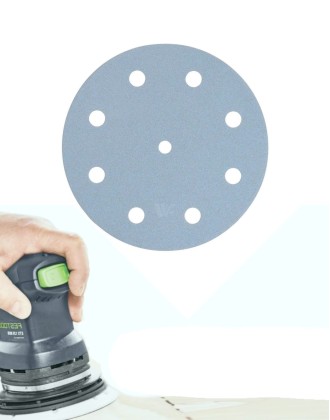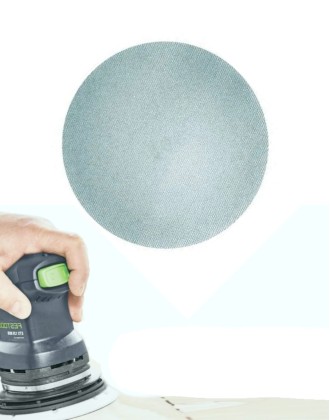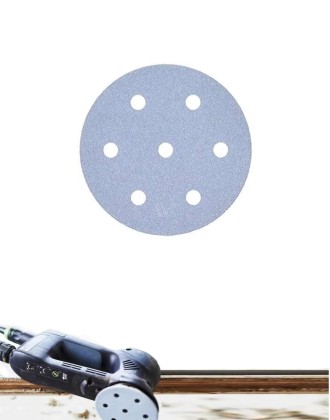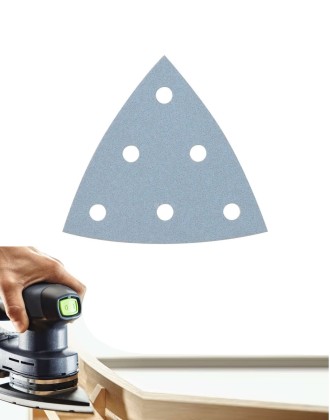Wood Sanding
Sanding paper grading refers to the coarseness or fineness of the abrasive particles on the sandpaper, which determines its effectiveness for different stages of wood sanding. The grading (grinding) is typically represented by a number known as the "grit" of the sandpaper. Here's a general guide:
Extra Coarse Grits (16-36): This grade of sandpaper is the most aggressive and is primarily used for initial material removal on very rough wood surfaces, such as rough sawn lumber or heavily weathered wood. It's also effective for stripping old paint or finishes from large surfaces quickly.
Coarse Grits (40-60): These are used for heavy material removal and shaping, especially for rough wood surfaces or removing old finishes and paint. They are not typically recommended for fine woodworking as they can leave deep scratches.
Medium Grits (80-120): Suitable for general sanding tasks like removing scratches, leveling uneven surfaces, and preparing the wood for finishing. They are often used after coarse sanding to refine the surface further.
Fine Grits (150-180): These grits are used for smoothing out the surface, removing any remaining scratches from the medium grit sanding, and preparing the wood for staining or painting. They provide a smoother finish and are often used before applying finishes.
Very Fine Grits (220-240 and higher): Reserved for final finishing touches and achieving a smooth, polished surface. They are ideal for sanding between coats of finish to ensure a flawless result, as well as for sanding delicate wood species.
Choosing the right sandpaper grit depends on the condition of the wood and the desired finish. Starting with a coarse grit and gradually progressing to finer grits will yield the best results, as it ensures a smoother surface without leaving visible scratches. It's also important to use proper sanding techniques, such as sanding with the grain of the wood and applying even pressure, to avoid damaging the surface.
Sanding paper grading refers to the coarseness or fineness of the abrasive particles on the sandpaper, which determines its effectiveness for different stages of wood sanding. The grading (grinding) is typically represented by a number known as the "grit" of the sandpaper. Here's a general guide:
Extra Coarse Grits (16-36): This grade of sandpaper is the most aggressive and is primarily used for initial material removal on very rough wood surfaces, such as rough sawn lumber or heavily weathered wood. It's also effective for stripping old paint or finishes from large surfaces quickly.
Coarse Grits (40-60): These are used for heavy material removal and shaping, especially for rough wood surfaces or removing old finishes and paint. They are not typically recommended for fine woodworking as they can leave deep scratches.
Medium Grits (80-120): Suitable for general sanding tasks like removing scratches, leveling uneven surfaces, and preparing the wood for finishing. They are often used after coarse sanding to refine the surface further.
Fine Grits (150-180): These grits are used for smoothing out the surface, removing any remaining scratches from the medium grit sanding, and preparing the wood for staining or painting. They provide a smoother finish and are often used before applying finishes.
Very Fine Grits (220-240 and higher): Reserved for final finishing touches and achieving a smooth, polished surface. They are ideal for sanding between coats of finish to ensure a flawless result, as well as for sanding delicate wood species.
Choosing the right sandpaper grit depends on the condition of the wood and the desired finish. Starting with a coarse grit and gradually progressing to finer grits will yield the best results, as it ensures a smoother surface without leaving visible scratches. It's also important to use proper sanding techniques, such as sanding with the grain of the wood and applying even pressure, to avoid damaging the surface.
150mm Festool Granat Discs
Hardwood Sanding Discs
Festool VELCRO Granat Discs are high-quality sanding discs designed for use with Festool Rotex sanders and other compatible sanders. They come in a di..
£40.80/pack Ex Tax: £34.00
150mm Festool Rubin 2 Discs
Hardwood Sanding Discs
The Festool VELCRO Rubin 2 Discs are 150mm in diameter and come with 49 holes. They are available in grits ranging from P40 to P150, suitable for vari..
£36.00/pack Ex Tax: £30.00
150mm Festool Saphir Discs
Extra Coarse Hardwood Sanding Discs
The Festool VELCRO Saphir Discs are 150mm in diameter with 49 holes, designed for Festool Rotex sanders and compatible models. They come in coarse gri..
£49.20/pack Ex Tax: £41.00
150mm Festool Granat Net
Fine Sanding Disc Net
Festool Net Discs, 150mm diameter, are high-quality abrasive discs designed for use with Festool Rotex sanders and other compatible sanders. They feat..
£46.80/pack Ex Tax: £39.00
150mm Festool Protection Pad
Soft Pad with Multiple Holes
The Festool protection pad is a 150mm diameter pad made of soft foam with a Velcro backing, designed specifically for Festool Rotex sanders and compat..
£10.68/pack Ex Tax: £8.90
125mm Festool Granat Discs
Velcro Backed P40-P150 Ceramic Grit
Festool Granat discs are high-quality sanding discs designed for precision sanding tasks. With a diameter of 125mm and a sticky Velcro backing, they'r..
£34.80/pack Ex Tax: £29.00
125mm Festool Granat Net
Fine Sanding P80-P150 Screen
The Festool Granat Net 125mm dia screens are specialized sanding discs designed for extra fine sanding tasks. They feature a net material that ensures..
£42.00/pack Ex Tax: £35.00
90mm Festool Granat Discs
Velcro Backed P40-P150 Ceramic Grit
Festool 90mm diameter discs are high-quality sanding discs designed for Festool Rotex sanders and compatible models. They come in various grits for di..
£25.20/pack Ex Tax: £21.00
93mm Festool Granat Delta
Velcro Backed P40-P150 Ceramic Grit
The Festool Granat Delta discs are 93mm triangle-shaped sanding discs designed for precision sanding tasks. They feature a sticky Velcro backing for e..
£21.60/pack Ex Tax: £18.00

